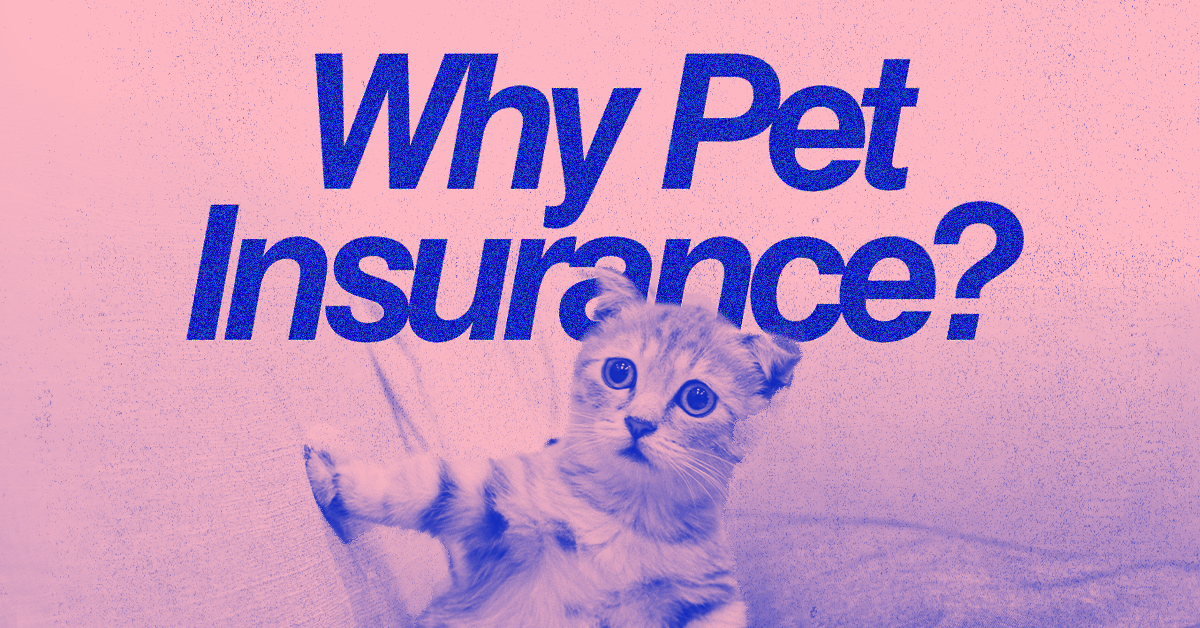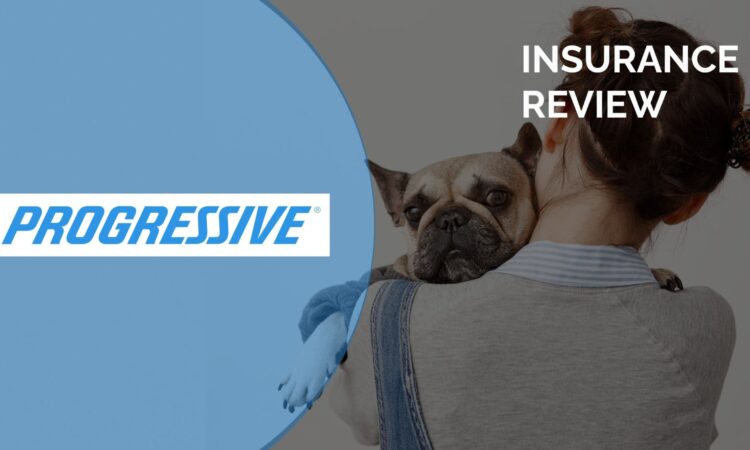As a responsible pet owner, ensuring the health and well-being of your furry friend is a top priority. One way to provide the best care for your pet without breaking the bank is by investing in pet insurance. This article will delve into the growing importance of pet insurance, its key benefits, and how to choose the right policy for your pet’s needs.
Mục lục
Understanding Pet Insurance

Pet insurance is a type of insurance policy that covers the cost of unexpected medical expenses for your four-legged companion. Just like human health insurance, pet insurance typically requires a monthly premium and may also include deductibles, copays, and annual limits.
What is Pet Insurance?
Pet insurance is a health coverage plan designed specifically for pets. Unlike human health insurance, which usually covers a broad range of medical services, pet insurance typically focuses on illnesses and accidents. However, some comprehensive plans also cover routine and preventive care.
Why Pet Insurance?
As much as we hope our pets never have to face any serious health issues, the reality is that accidents and illnesses can happen at any time. And when they do, veterinary bills can quickly add up to thousands of dollars. Without proper coverage, many pet owners are forced to make difficult decisions about their pet’s care based on financial limitations.
With pet insurance, you can rest easy knowing that if something were to happen to your beloved companion, you will have the financial assistance to provide them with the best possible care. This allows you to focus on what truly matters – your pet’s health and well-being.
Key Benefits of Pet Insurance
- Financial Security: As mentioned, pet insurance provides a safety net for unexpected medical expenses, giving you peace of mind and easing any financial burden during a stressful time.
- Customizable Coverage: Many pet insurance companies offer different levels of coverage, allowing you to choose the one that best fits your budget and your pet’s needs.
- Comprehensive Care: Depending on your policy, pet insurance can cover everything from accidents and illnesses to routine check-ups and vaccinations.
- Greater Access to Quality Care: With pet insurance, you are not limited to specific veterinarians or facilities, giving you the flexibility to choose the best care for your pet.
- Multi-Pet Discounts: If you have multiple pets, many insurance companies offer discounts for insuring more than one animal, making it a cost-effective option for pet owners with multiple furry friends.
Coverage Options

When choosing a pet insurance policy, it’s important to consider your pet’s specific needs and find a plan that provides the best coverage for them.
Types of Coverages
Here are some of the most common types of coverage offered by pet insurance companies:
- Accident-Only Plans: These plans cover costs associated with injuries from accidents like broken bones, cuts, and poisonings.
- Illness-Only Plans: These plans cover treatments for illnesses such as cancer, diabetes, and infections.
- Comprehensive Plans: These plans offer coverage for both accidents and illnesses, and often include preventive care like vaccinations and annual check-ups.
Add-Ons
In addition to the main types of coverage, many pet insurance companies also offer add-ons that can be included in your policy for an additional cost. Some common add-ons include:
- Wellness Care: This covers routine care such as vaccinations, check-ups, and dental cleanings.
- Behavioral Therapy: This covers costs associated with training or therapy for behavioral issues.
- Alternative Therapies: This includes coverage for alternative treatments like acupuncture or physical therapy.
Cost Factors
The cost of pet insurance varies depending on several factors:
- Pet’s Age: Older pets usually have higher premiums due to increased health risks.
- Breed: Certain breeds are prone to specific health issues, impacting the cost.
- Location: Veterinary costs can vary by region, influencing insurance rates.
- Coverage Level: More comprehensive plans with lower deductibles and higher limits generally cost more.
How to Compare Pet Insurance Policies

1. https://dodopet.info/figo-pet-insurance-costco-a-comprehensive-guide-for-pet-owners-2222/
2. https://dodopet.info/chubb-pet-insurance-comprehensive-protection-for-your-furry-friends-2220/
3. https://dodopet.info/the-ultimate-guide-to-cat-insurance-protecting-your-feline-friend-2221/
4. https://dodopet.info/the-ultimate-guide-to-dog-insurance-protecting-your-best-friend-2323/
When it comes to selecting the right pet insurance policy for your furry friend, making detailed comparisons between different plans is essential. Here are some key steps to help you compare pet insurance policies effectively:
Assess Coverage Options
Begin by examining the types of coverage each policy offers. Some important questions to consider include:
- Does the plan cover both accidents and illnesses?
- Are preventive care and routine check-ups included, or are they offered as add-ons?
- Is there coverage for hereditary or congenital conditions?
Evaluate Deductibles, Premiums, and Payout Limits
Understanding the financial structure of a policy is crucial. Evaluate the following:
- Deductibles: How much are you required to pay out of pocket before the insurance kicks in? Are the deductibles annual or per-incident?
- Premiums: What is the monthly or annual cost of the policy? Does the premium fit within your budget?
- Payout Limits: What is the maximum amount the policy will pay out? Does the policy have lifetime, annual, or per-condition limits?
Consider Reimbursement Rates
Reimbursement rates are the percentage of the vet bill that the insurance will cover after the deductible is met. Check to see what rates are offered—common options range from 70% to 90%.
Examine Exclusions and Waiting Periods
Every policy will have exclusions and waiting periods that you should be aware of:
- Exclusions: What conditions or treatments are not covered by the policy? Some policies may exclude certain pre-existing conditions.
- Waiting Periods: Are there waiting periods before coverage begins, especially for illnesses or specific conditions?
Scrutinize the Claims Process
The ease and efficiency with which you can file and receive reimbursement for claims is vital. Review the following aspects:
- How to file a claim (online, by mail, etc.)
- Typical turnaround time for reimbursements
- Any required documentation or pre-authorization for treatments
Look for Flexibility and Customization
Some pet insurance policies offer customization options, allowing you to tailor the coverage and costs. Check if the provider allows you to adjust deductibles, reimbursement rates, and coverage options to create a plan that suits your needs.
Read Reviews and Seek Recommendations
Researching customer reviews and seeking recommendations from fellow pet owners and veterinarians can provide insight into the real-world effectiveness of a policy. Pay attention to experiences related to claims processing, customer service, and overall satisfaction.
By carefully comparing these aspects, you can choose a pet insurance policy that offers the best protection and value for your pet’s specific needs.
Real-Life Scenarios

Max’s Tale of Recovery: Max, a 3-year-old Labrador, suffered a severe leg injury requiring surgery and extensive rehabilitation. Thanks to his comprehensive pet insurance, his owner only had to pay a small fraction of the $3,000 bill, making Max’s recovery stress-free.
Lucy’s Lifesaving Diagnosis: Lucy, a 5-year-old cat, began showing unusual symptoms. After numerous vet visits and diagnostic tests, it was discovered she had a rare condition. Lucy’s owner’s pet insurance covered the $2,500 in vet expenses, allowing her to receive life-saving treatment.
Rex’s Return Home: Rex, a 7-year-old Pomeranian, went missing for several days. Fortunately, he was found and brought to a shelter. The cost to retrieve him was covered by his owner’s pet insurance, which also included boarding fees, demonstrating the value of additional benefits in pet insurance.
Choosing the Right Policy

1. https://dodopet.info/chubb-pet-insurance-comprehensive-protection-for-your-furry-friends-2220/
2. https://dodopet.info/figo-pet-insurance-costco-a-comprehensive-guide-for-pet-owners-2222/
3. https://dodopet.info/the-ultimate-guide-to-cat-insurance-protecting-your-feline-friend-2221/
5. https://dodopet.info/the-ultimate-guide-to-dog-insurance-protecting-your-best-friend-2323/
Selecting the ideal pet insurance policy requires careful consideration of various factors tailored to your pet’s needs and your financial situation. Here are additional tips to help you make an informed decision:
Consider Your Pet’s Age and Breed
Different breeds and ages come with varying health risks and insurance needs. For instance, certain breeds may be more prone to hereditary conditions such as hip dysplasia or heart disease. Understanding the common health issues associated with your pet’s breed can guide you in selecting a policy that offers the most relevant coverage. Additionally, many insurers have different rates and coverage options for pets of different ages, so be sure to consider policies that provide age-appropriate benefits.
Assess the Provider’s Network
Some pet insurance companies partner with specific veterinary networks. While most insurers allow you to visit any licensed veterinarian, choosing a provider with a robust network can sometimes offer additional benefits, such as discounted services or direct billing options. Make sure the policy you choose allows you to visit your preferred vet or specialist without significant restrictions.
Review Policy Renewal Terms
Before committing to a pet insurance policy, thoroughly review the terms and conditions of policy renewal. Insurance terms often change upon renewal, sometimes resulting in increased premiums, reduced coverage, or new exclusions. Be particularly cautious if your pet has developed a chronic or long-term condition, as some insurers may classify these as pre-existing conditions in subsequent policy terms.
Think About Additional Features and Services
Some pet insurance policies come with added features that can be particularly beneficial. These might include options like telehealth consultations, emergency boarding, behavioral therapy, or even overseas coverage. Examine the additional services offered by each policy to determine their value concerning your lifestyle and routine pet care needs.
Account for Lifestyle Factors
Your lifestyle can significantly influence the type of pet insurance that best suits your needs. If you frequently travel with your pet, you might want a policy that includes travel insurance or coverage for out-of-state or international veterinary care. Similarly, if your pet participates in activities like agility or hunting, ensure your policy offers coverage for injuries related to these pursuits.
How to Use Pet Insurance Effectively
To maximize the benefits of your pet insurance policy, it’s essential to understand how to use it effectively. Here are some tips to help you make the most out of your coverage:
- Know Your Policy: Familiarize yourself with all aspects of your policy, including coverage limits, deductibles, and reimbursement rates.
- Keep Detailed Records: Keep track of all veterinary visits and expenses related to your pet’s care. This will make filing claims and providing documentation easier in case of emergencies.
- Stay Up-to-date on Payments: Ensure timely payment of premiums to avoid gaps in coverage.
- Communicate with Your Provider: If you have any questions or concerns about your policy, don’t hesitate to reach out to your provider for clarification.
- Review Policy Terms Regularly: As mentioned earlier, it’s crucial to review policy terms upon renewal and make necessary adjustments based on your pet’s evolving needs.
Top 10 Pet Insurance Providers in US 2024

To assist you in finding the best pet insurance policy, we’ve compiled a list of the top 10 pet insurance providers in the US for 2024. This evaluation is based on factors such as coverage options, customer satisfaction, claims processing, and overall value.
Healthy Paws
- Pros: Comprehensive coverage, no annual or lifetime caps on claims, excellent customer service.
- Cons: Does not cover routine care or pre-existing conditions.
- Why We Recommend It: Healthy Paws offers extensive coverage options and is known for its fast claims processing and commitment to customer satisfaction.
Embrace Pet Insurance
- Pros: Customizable coverage, including wellness rewards program, diminishing deductible.
- Cons: Upper age limits for new enrollments.
- Why We Recommend It: Embrace offers a well-rounded insurance plan with options to customize coverage, making it suitable for a variety of needs.
Trupanion
- Pros: Direct vet pay, no payout limits, covers hereditary and congenital conditions.
- Cons: Higher premiums, does not cover routine care.
- Why We Recommend It: Trupanion’s direct vet pay feature and comprehensive coverage for serious conditions make it a standout choice for pet owners.
Petplan
- Pros: Covers many non-routine vet visits, including behavioral therapy and dental illnesses.
- Cons: Premiums can be higher for older pets.
- Why We Recommend It: Petplan’s extensive coverage for non-routine visits and conditions offers peace of mind to pet owners.
Nationwide
- Pros: Offers coverage for exotic pets, wellness coverage available.
- Cons: Higher cost, may require more extensive paperwork.
- Why We Recommend It: Nationwide is one of the few providers offering coverage for a wide range of pets, including birds and reptiles.
ASPCA Pet Health Insurance
- Pros: Multiple coverage options, including accident-only and preventative care.
- Cons: Processing claims can be slower.
- Why We Recommend It: ASPCA Pet Health Insurance provides versatile plans which can be tailored to fit different budget constraints and coverage needs.
Figo Pet Insurance
- Pros: High reimbursement rates, coverage for alternative therapies.
- Cons: May not cover pets older than a certain age for new policies.
- Why We Recommend It: Figo’s high reimbursement rates and coverage for alternative therapies make it an attractive option for pet owners seeking comprehensive coverage.
PetFirst Pet Insurance
- Pros: Quick claims processing, multiple deductible options.
- Cons: May not cover pets with pre-existing conditions.
- Why We Recommend It: PetFirst’s emphasis on fast claims processing and affordable deductible options makes it a solid choice for pet owners looking for a hassle-free experience.
Pets Best
- Pros: Offers several wellness plans in addition to accident and illness coverage, good value for money.
- Cons: Pre-existing conditions not covered, upper age limit of 14 years for new enrollments.
- Why We Recommend It: Pets Best offers well-rounded insurance plans at a reasonable price, making it an excellent choice for budget-conscious pet owners.
Pet Premium
- Pros: Reimbursement rates up to 90%, covers behavioral therapy.
- Cons: Does not offer wellness coverage, may require more extensive paperwork.
- Why We Recommend It: Pet Premium’s high reimbursement rates and coverage for behavioral therapy makes it a great option for pet owners looking for comprehensive medical care coverage.
Conclusion
Pet insurance offers numerous benefits, from financial security in emergencies to peace of mind knowing you can always provide the best care for your furry companion. With the right policy, you can focus on what truly matters – enjoying a happy, healthy life with your pet.
Ready to take the next step in securing your pet’s future health? Explore pet insurance options today and find the perfect plan for your beloved pet.






